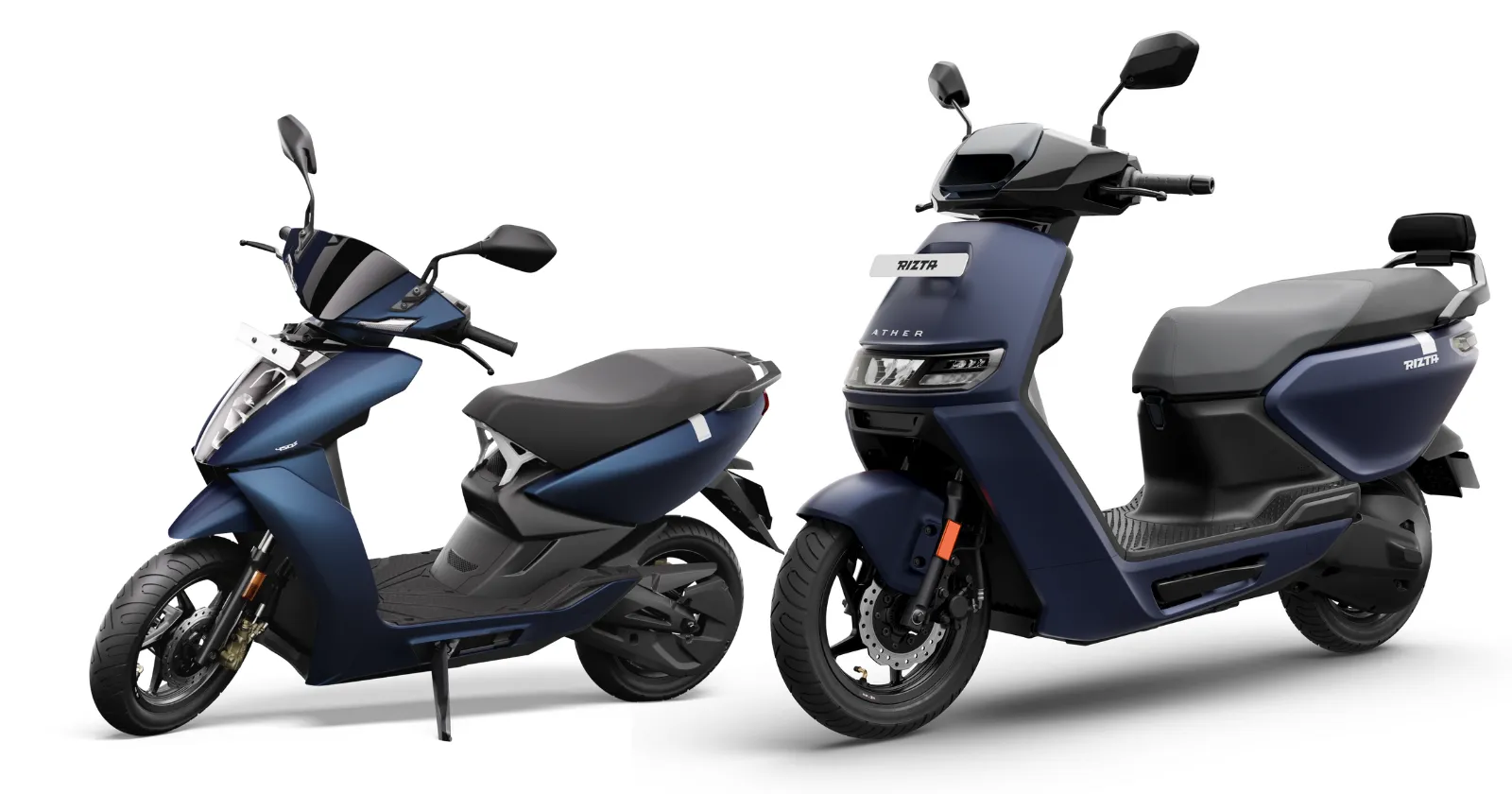
Ather's strategies have positioned it ahead of rivals during the rare earth magnet crisis.

Share Post

Ather's strategies have positioned it ahead of rivals during the rare earth magnet crisis.
Ather Energy, a Bengaluru-based EV manufacturer, remains unaffected by the ongoing rare earth magnet crisis, thanks to strategic planning and robust inventory management.
In an interview with Acko Drive, Swapnil Jain, co-founder and CTO of Ather Energy, shared insights into how the company is navigating the supply chain disruptions impacting India’s two-wheeler electric vehicle (EV) industry.
Jain confirmed that Ather’s production lines continue to operate despite the crisis. This stability contrasts with concerns raised by competitors like Bajaj Auto and TVS Motor, who have warned of potential halts due to magnet shortages.
A key factor in Ather’s resilience is its dual sourcing policy. By diversifying suppliers, the company mitigates risks tied to China’s export restrictions on rare earth magnets, crucial for electric motors.
Jain highlighted that this strategy allows Ather to maintain a steady supply chain, reducing dependence on a single market and enhancing operational flexibility.
Ather’s strategic inventory management further bolsters its position. Jain noted that the company holds enough stock to weather short-term disruptions, ensuring production continuity.
Ather is also transitioning from heavy rare earth elements, restricted by China, to light rare earth alternatives, which face no export curbs.
This is also a key global trend in EV motor design. Reducing or eliminating the use of heavy rare earth elements dysprosium (which are scarcer, more expensive, and more supply-constrained) in favor of more abundant light rare earth elements like neodymium is a primary R&D goal for motor manufacturers.
This strategy directly mitigates the specific risk of Chinese export curbs and is entirely feasible for electric two-wheeler applications.
The rare earth crisis began with China’s April 2025 export curbs, which affected India’s EV sector by limiting access to dysprosium and terbium. However, China agreed to lift these restrictions on India last week, a move welcomed by industry bodies like SIAM.
This development eases pressure on manufacturers, though Ather’s earlier strategies have already mitigated its impacts.
Volkswagen Group Launches Autonomous Vehicle Testing on Wolfsburg Streets
Acko Drive Team 13 Dec, 2025, 6:30 AM IST
Mexico Raises Import Duty on Cars, Automotive Components: Indian Industry Likely to Feel Impact
Acko Drive Team 12 Dec, 2025, 2:57 PM IST
Mahindra XUV 7XO Teased Again, Bookings Open on December 15
Acko Drive Team 12 Dec, 2025, 2:04 PM IST
New Nissan MPV Debut On 18 December: Here’s What We Know
Acko Drive Team 12 Dec, 2025, 1:57 PM IST
Mercedes-Benz India to Raise Prices by 2% Citing Forex Rate Shifts
Acko Drive Team 12 Dec, 2025, 11:46 AM IST
Looking for a new car?
We promise the best car deals and earliest delivery!
